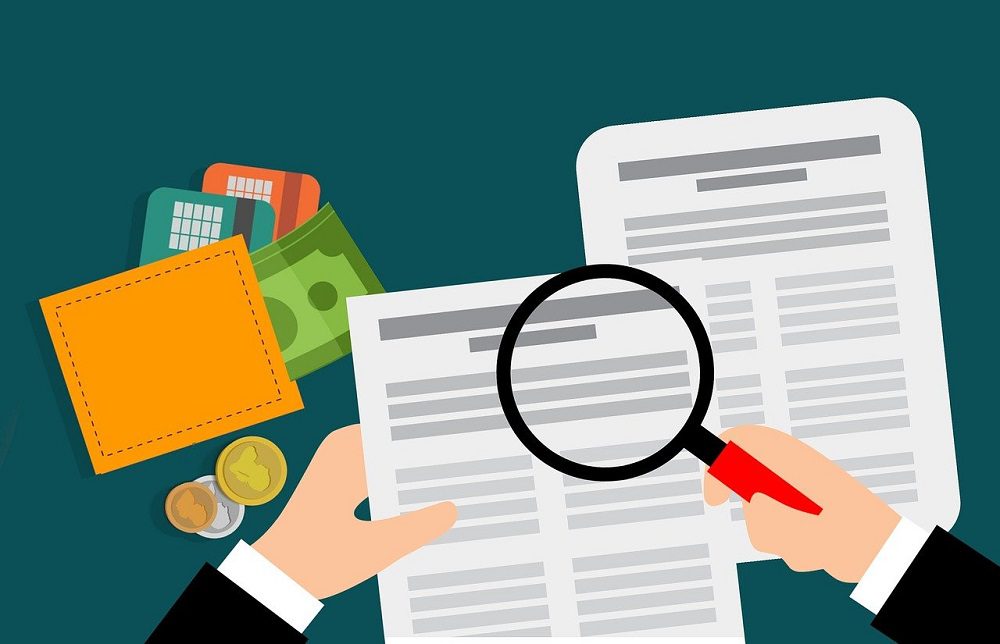A hefty unpaid debt might jeopardize your company’s growth or perhaps cause bankruptcy. A consumer credit check ensures that your invoices will be paid on time.
A customer credit check is necessary when assessing a customer’s credit risk. With a credit check, you’d get an idea of your customers’ creditworthiness based on their past credit history, loan types, and payment behaviors.
It’s likely that you already do a credit check on potential or new customers, but keep in mind that even a long-term business partner can face financial issues, so you should do so often, especially when considering credit extensions to existing or new customers.
But how do you check a customer’s credit?
1. Implement Application Programming Interfacing (API)
Businesses require software to compete in today’s market. Many organizations were challenged to embrace digital sales and marketing strategies, as well as technological solutions for numerous company activities.
API integration for credit reports is one of today’s most sought-after software technology advances. Using this software can improve your company’s efficiency, productivity, and success.
API credit report integration can help you in numerous ways. This enables the delivery of raw bureau data in a comprehensible format. API solution provides features for the delivery of red flags, judgment, fraud checks, soft-pulls, hard-pulls, and ID verification, along with alternative credit data.
Businesses can handle fewer tools and systems with API connectivity. This tool makes ordering and accessing credit reports faster and easier. Also, API software programs can retrieve credit reports and come in many formats. Some API solutions additionally offer secure credit card payments.
To find out more about credit checking API integration, contact a team of automation experts.
2. Ask For References
Businesses frequently ask trade references when determining a customer’s creditworthiness. Trade references can include the customer’s bank as well as suppliers who’ve already extended that client’s trade credit.
- The credit or purchase limit the business has granted the consumer
- The number of times the account has been late
- When the customer’s last transaction was and the amount
- How long the firm or supplier has granted credit to the consumer
When analyzing bank and trade references, it’s critical to be mindful of possible selection bias. When a prospective customer is asked for references from other suppliers, for example, they’re more likely to offer information about firms with which they do business well and hide information about organizations with whom they don’t.
Collecting this information might also take a significant amount of time as you’re depending on fast responses. Lenders and suppliers commonly inquire about the length of time an account has been open, the number of late payments made, and the credit or purchase limit. Creditors offer the best deals to consumers with long payment histories, positive trade references, and credit scores.
3. Conduct A Credit Report
Additionally, a credit report can be used to determine a customer’s creditworthiness. This report summarizes a customer’s payment history and public data. A business credit report contains information about the business’s history, financial data such as invoicing activity, annual sales, credit limitations, legal judgments and collections, and a business credit score.
The credit rating indicates a client’s likelihood to pay on time. Credit reports are available from companies such as Equifax and Experian Business.
Remember that credit reports are based on data provided by the supplier at a specific point in time, not necessarily apparent to the user. Users of credit reports should be aware that the data may be up to a year outdated and may not reflect current creditworthiness. Credit reports may need to be combined with other credit evaluation tools such as risk data analysis from a trade credit insurance policy.
4. Use The 5Cs To Assess Creditworthiness
Most businesses that issue credit have criteria for determining a customer’s creditworthiness. Both subjective and objective criteria exist. Personality traits such as ease of working with, honesty, and trustworthiness might be subjective criteria. For this approach, the 5Cs of credit analysis are character, capacity, condition, capital, and collateral.
Character
Lenders want to know the borrower and guarantors are trustworthy. The lender must also be confident in the applicant’s education, background, experience, and industry understanding. Length of time since the last payment is the best predictor of future performance.
Capacity
It signifies that the customer has enough money to pay the supplier team back. If the customer’s cash flow has been unsteady, the credit teams will hesitate to extend the line of credit. Bank and trade references are necessary fields in credit applications. Both recommendations attest to the customer’s ability to repay. For example, credit teams may monitor news alerts to learn about a customer’s financial situation or job security.
Capital
This describes a customer’s financial and non-financial assets. For example, owning rather than renting a vehicle fleet may indicate a decreased risk of non-payment. A financial statement helps a credit manager assess a credit seeker’s capital strength. Non-financial assets include inventories, pieces of machinery, real estate, and other equipment, which can help determine creditworthiness in businesses that require more money.
Large investments in inventory and equipment may appear riskier than companies or other borrowers with lower overhead, but this is where the credit management’s knowledge comes into play. Their industry and trend knowledge can help measure financial strength.
Conditions
The credit teams look at macroeconomic situations as conditions. This means they research the customer’s industry, country, and geopolitical environment.
Collateral
A lender will look to the customer’s assets and the guarantors’ personal assets as a secondary source of repayment. Collateral is significant, but its importance varies by loan type. A lender can clarify the sorts of collateral required.
How To Handle Credit Refusal
If a customer’s credit check comes up negative, give them a courteous, considerate note explaining why you’re unable to grant credit. See the example below:
“Regrettably, we are unable to accept your credit request at this time due to the state of the economy and the uncertainty of our business. Credit policies may change at any time. We hope this doesn’t impact our business relationship.”
Conclusion
Credit checks allow you to assess the level of risk related to giving credit to a person or business. You can check the borrower’s credit using the aforementioned approaches above.

